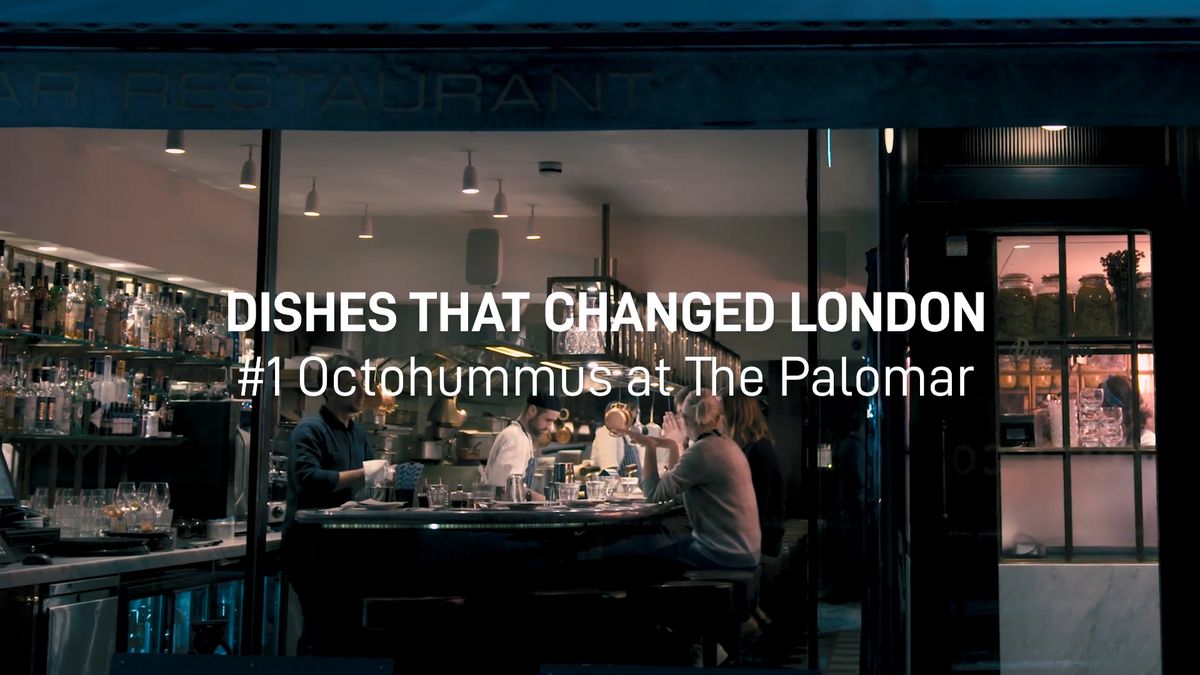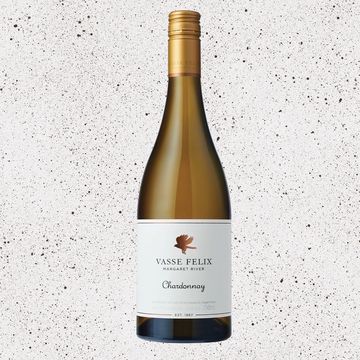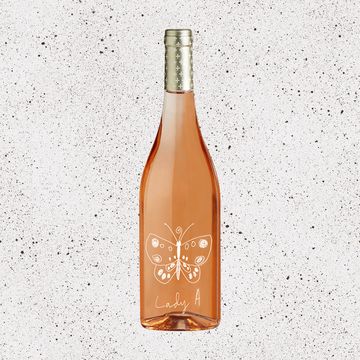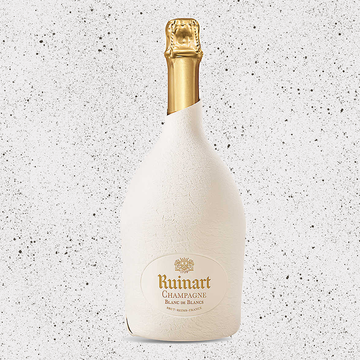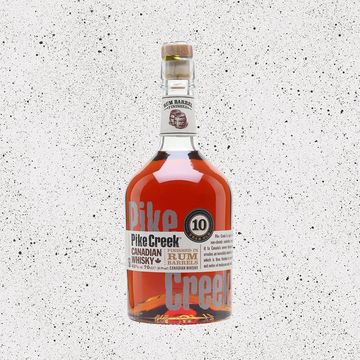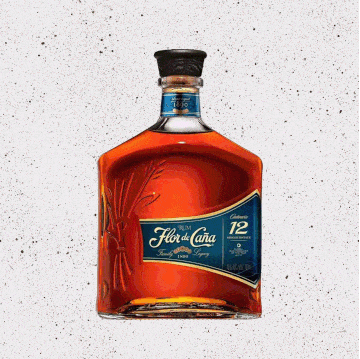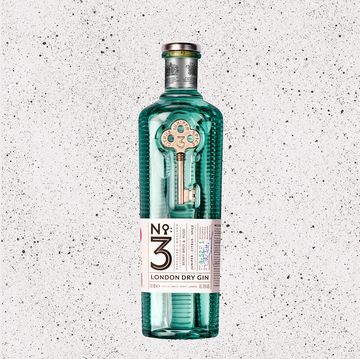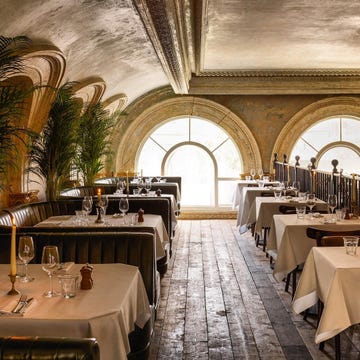If you have always been convinced that wine tastes better out of a well-designed glass, you can take a moment to savour the sweet satisfaction of being absolutely right.
In fact, one wine will display completely different characteristics when served in different glasses. So much so that even experienced connoisseurs have been led to believe that they were tasting different wines, as part of industry experiments.
According to Riedel Crystal, the 260-year-old Austrian fine glassware company, a glass should be a "wine tool" designed to unlock a wine's full flavour potential, not just something to pour the wine into. Here, their experts explain the science behind this taste phenomenon and advise us on what type of glass we should use to enjoy our favourite wines...
How does the shape of a wine glass affect the taste of the wine?
It isn't all about how the glass looks, it's about its functionality. All glass architecture consists of three components – the bowl, the stem and the base – which should work together in harmony to translate the 'message' of the wine.
However, it is the bowl, which varies in shape, size and rim diameter, that impacts the sensations of the wine as you drink. This is due to a number of elements:
- How much oxygen can reach the wine and how much it can breathe
- How much space there is for the face, including the nose, to be involved in drinking and activating our senses
- The direction in which the wine enters our mouths and which taste buds it is directed to first
THE WINE GLASS GUIDE:
Which wine glass should we use for our favourite wines?
Simply reds
Allow reds to breathe by using a glass with a wide bowl – the exposure to oxygen will mellow certain strong flavours and allow bolder notes to come through. A wider opening gives more chance for oxygen to get into the drink, and gives you a chance to get your nose in there for maximum wine immersion.
This glass is ideal for the following grapes (Old World Pinot Noir Glass, £55): Beaujolais Cru, Blauburgunder, Burgundy (red), Chambolle Musigny, Echézeaux, Gamay, Moulin à vent, Musigny, Nuits Saint Georges, Pinot Noir Old World, Pommard, Romanée Saint Vivant, Santenay, St. Aubin, St. Laurent, Volnay, Vosne-Romanée, Vougeot
Classic whites
For whites, always serve them chilled as this allows the wine to smell and taste its best. The aroma of the wine will vary depending on its complexity, and the glass shape should be chosen to suit it wherever possible.
This glass is ideal for the following grapes (Riesling / Zinfandel Glass, £55): Alsace Grand Cru, Bardolino, Beaujolais Nouveau, Blauer Portugieser, Côtes de Provence, Côtes du Rhône rosé, Dolcetto, Grüner Veltliner, Jurançon Sec, Lagrein, Loire (Blanc), Marsannay rosé, Montepulciano, Mosel-Saar-Ruwer, Müller-Thurgau, Pouilly Fumé, Primitivo, Riesling, Riesling (spätlese/late harvest dry), Riesling Smaragd, Rosé, Sancerre, Sauvignon Blanc (unoaked), Scheurebe, Schilcher, Smaragd, Teroldego, Traminer, Vernaccia, Welschriesling, Zinfandel
Bubbly
For Champagne choose a Champagne wine glass – not a flute. The larger rim diameter enables the scent of the Champagne to be released, in a way which is not possible with a narrow flute. The glass also includes a 'sparkling point' to aid the formation of the Champagne bubbles – because what's champagne without bubbles?
This glass is ideal for the following grapes (Champagne Wine Glass, £55): Blanc de Blancs, Cava, Champagne, Franciacorta, Prosecco, Sekt, Sparkling wines.
Oaked Chardonnay
Highly alcoholic and somewhat acidic, chardonnays are very complex wines. The wide mouth of a generously shaped glass steers the wine mainly to the sourness-sensitive edges of the tongue, ensuring that the acidity is well-balanced with the toasty aromas of the oak barrel that it was aged in. The size of the bowl allows space for the wine to develop, while minimising the risk of it becoming over concentrated.
This glass is ideal for the following grapes (Oaked Chardonnay Glass, £55): Burgundy (white), Chardonnay (oaked), Corton-Charlemagne, Meursault, Montrachet, Morillon (oaked), Pouilly-Fuissé, Riesling (spätlese/late harvest dry), Riesling Smaragd, Smaragd


